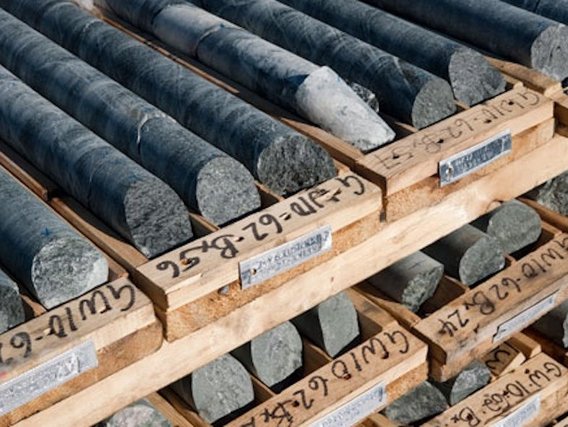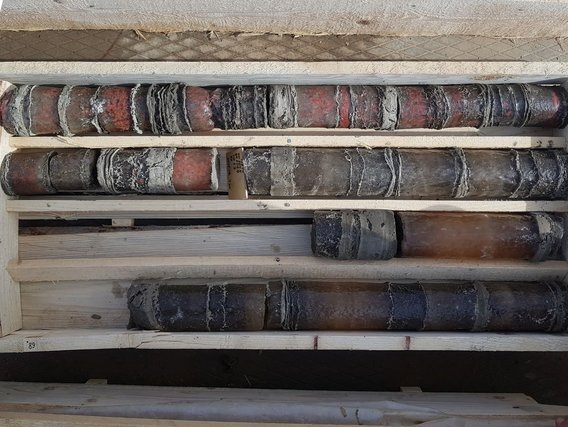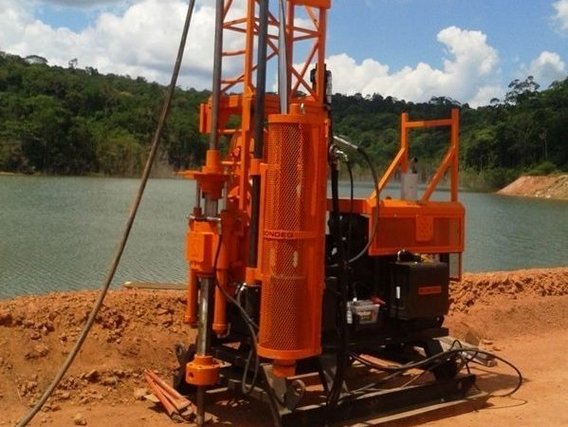The drilling techniques are chosen according to various factors such as:
- Access location for operating equipment
- Type of material to be prospected
- Equipment available in the region of operation
- Existing data on the area studied
In general, for investigations aimed at civil works, percussive drilling methods are used, the most common of which is SPT (Standad Penetration Test), which makes it possible to obtain soil penetration resistance indices (ABNT NBR 6484 standard), determine the water level and the physical properties of the drilled material.
One of the main advantages of percussion mode is its low cost per metre drilled, which makes it the most widely used method in research and industrial testing, as it allows for the collection of larger volumes of samples. However, it does have some disadvantages, such as:
- Inability to be carried out on sloping ground;
- Low yields in more cohesive and hardened substrates;
- greater likelihood of sample contamination; and
- because they are crushed samples, it is difficult to determine their structural and textural characteristics.
To meet the needs of mineral research, the use of rotary drilling methods is considered, the most common being diamond rotary drilling. This drilling method consists of using a set of equipment that works in a mechanised way, cutting the material using diamond cutters, preserving the integrity of the samples that are witnessed every 3 metres of drilling.
Although it is the most expensive method, it has the advantages of preserving the integrity of the drilled material, as well as its ability to pass through any rock material regardless of its degree of cohesion, the possibility of drilling inclined holes to better monitor structures and banding, and the ability to reach much greater depths, which can exceed 1000 metres.


